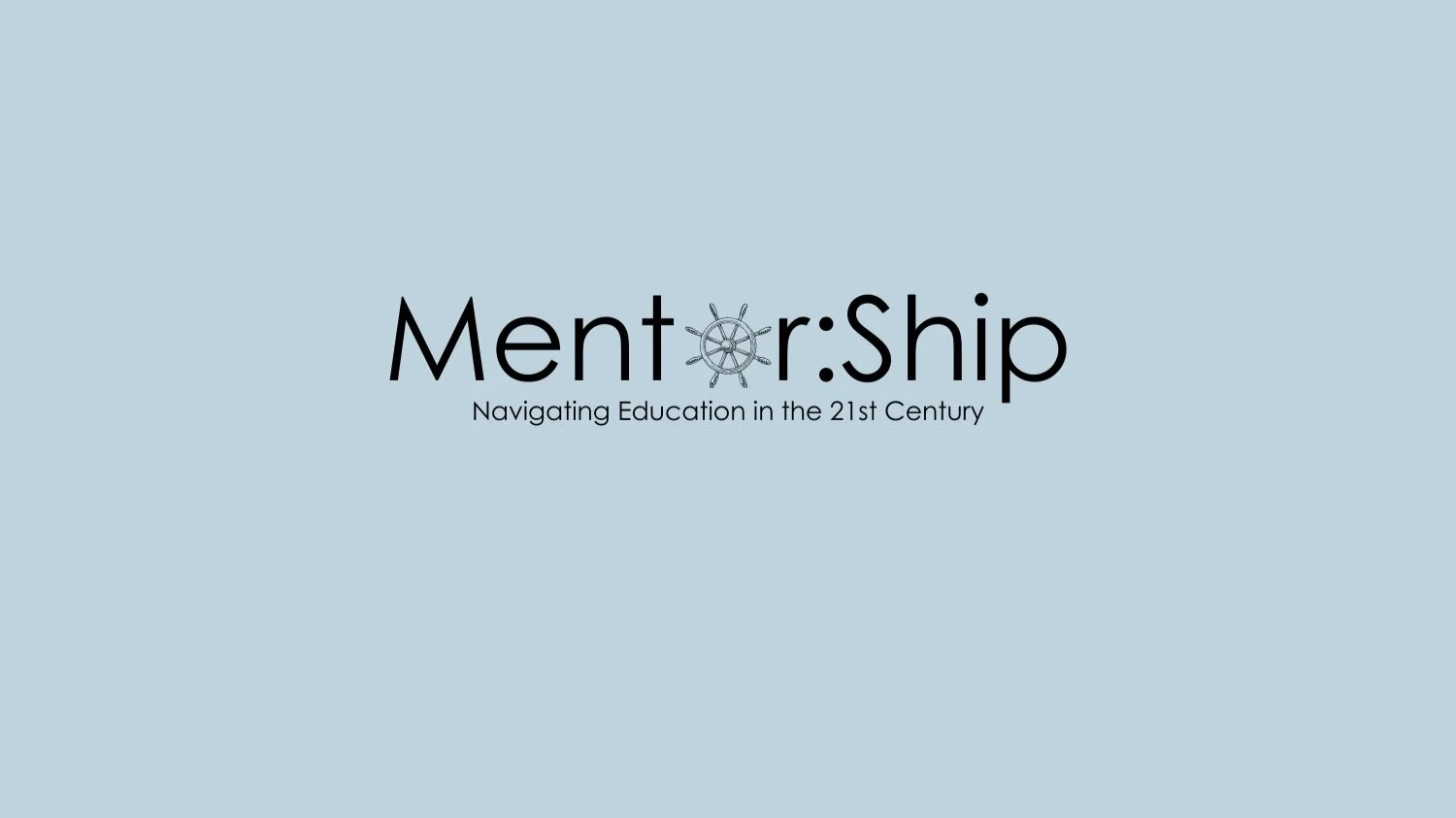You love having kids learning in front of you! Their eyes light up. They laugh. They ask questions you never thought of before. You know they are engaged. But how do you transfer that to the virtual space?
Creating virtual experiences by using thinking process templates helps bridge the gap between high-interest face-to-face experiences and the expanded audience in the virtual world. Creating learning experiences that engage learners in authentic and deep thinking builds their skills and connects them with experts in the field.
Thinking Process Templates are frameworks built on the best practices used by experts. Questions to ask when designing great virtual experiences are:
What processes do adults engaged in this work use to successfully tackle topics?
What skills do the target population of students have and what skills do they need in order to think deeply about this?
What frameworks will help students in the future when engaging in similar work?
How can I incorporate 21st Century Skills into high-impact virtual experiences?
So what is the difference between Thinking Processes and Activities as a way of designing learning experiences?
Typically, teachers and content creators, start thinking about students learning their content by doing something. This ‘something’ is a product, action, or project that can be seen and evaluated. An educator’s planning might look like this:
I love to dream up, plan, and implement activities for learners! Quick! Give me a topic!
Bears?
Well, right now it’s fall and bears are in hyperphagia preparing for hibernation. My elementary students are going to start with a writing/discussion prompt, “if I could have all of my favorite foods today, I would eat….” Then we would look at a bear’s skull and examine its teeth and discuss what food bears eat. Then we would walk around the school to see if we could find any food sources and then we would create a bear food map of our neighborhood.
Fun, informative, engaging, right?
Most educators--formal or informal-- love this process and immediately start lesson planning with a great idea for an activity but activities should not replace deep thinking processes in the classroom. Activities enhance a thinking process, help provide crucial background knowledge, teach a specific skill, or provide a culminating event that helps students summarize their learning.
Thinking processes, on the other hand, are systematic frameworks that are NOT content-dependent and, once learned, develop students’ analytical, creative, evaluative, and goal-setting mindset. By developing a student’s thinking ‘toolbox’ with various processes, they can better connect information, be more confident in interacting with new information and be prepared to tackle complex tasks regardless of content.
Giving students the opportunity to think deeply about complex topics and then show the results of that new thinking through activities, creates learning experiences that are rigorous, relevant, and longer lasting—and that have PIZAZZ! Providing opportunities for students to think rather than telling them what to think is the ultimate goal.

